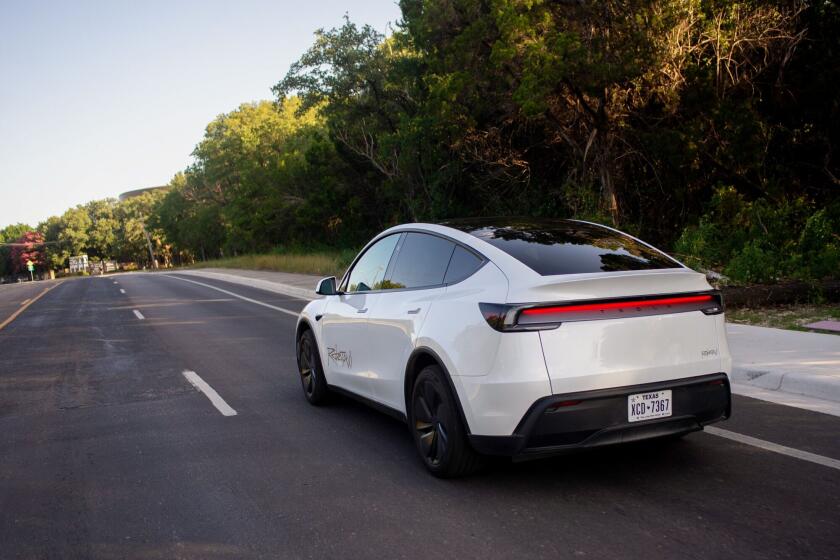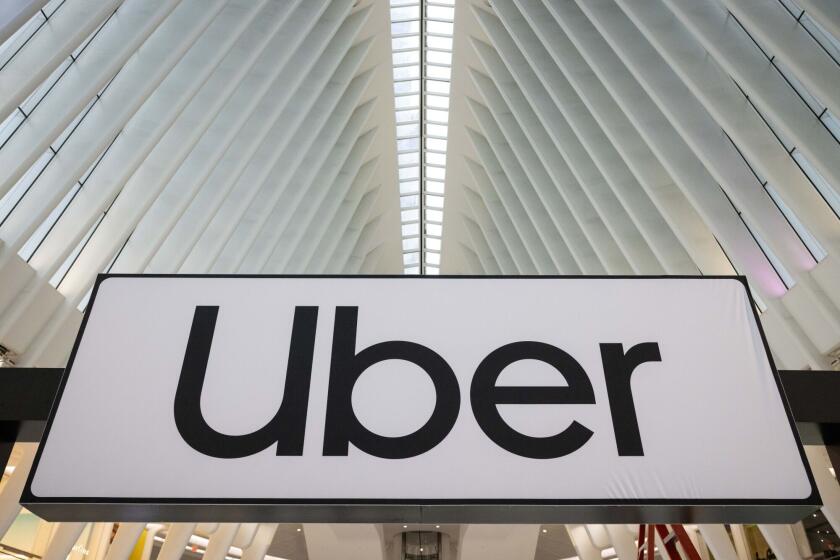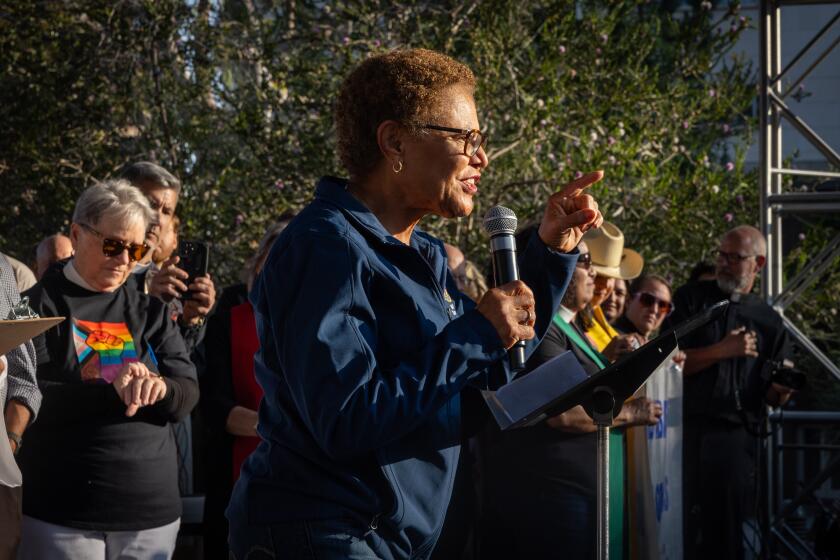Transportation Panel OKs Study of Trolley Line Segment
- Share via
In a split decision for the South Bay, the Los Angeles County Transportation Commission on Wednesday unanimously approved preparing an environmental impact report on a light rail trolley line from El Segundo to Marina del Rey, but stopped short of a full study on a southern extension to Torrance.
In doing so, the commission sent a strong message to the San Fernando Valley that if the Valley chooses not to move forward with construction of a rail line in the 1990s, more than $700 million set aside for it will go to other areas of the county.
One of those alternatives could be a 5.3-milelong line from the El Segundo aerospace employment area to the north, passing Los Angeles International Airport and ending near Marina del Rey.
A nine-month, $200,000 study will assess precisely where a rail line in that area should be built, including whether it should run east of LAX or directly to the airport terminals before heading north under the airport’s runways.
The commission, however, did not approve a full environmental study of a southern rail line from El Segundo to Torrance. Instead, it agreed to a less complex study to refine the route from El Segundo to heavily traveled Hawthorne Boulevard and on south through Torrance to the edge of the Palos Verdes Peninsula.
South Bay political and business leaders, who had pressed hard in recent weeks for the full environmental study, expressed disappointment with the commission decision.
“I don’t think it’s a strong commitment,” said Torrance Mayor Katy Geissert said after the vote.
Geissert suggested that the commission believes that “the whole world stops south of LAX” and does not understand the traffic problems that the South Bay faces.
In testimony before the commission, Geissert said key intersections on Hawthorne Boulvard near the Del Amo Fashion Center carry more traffic that Wilshire Boulevard in Westwood.
“An environmental study is both timely and urgent if the half-million people in the South Bay are to retain their mobility and if the cities of that region are to maintain their liveability and economic vitality,” Geissert said.
Commissioner Jacki Bacharach, a Rancho Palos Verdes councilwoman, disagreed with Geissert’s view that the South Bay had failed to convince the commission of the importance of a project to Torrance.
“Sure, it puts us a little bit behind (the Marina del Rey rail line) but a bit ahead of where we were yesterday,” she said.
Bacharach had proposed that the commission spend $500,000 to conduct a full environmental study on both the northern and southern legs of the coastal line that has been proposed to connect at El Segundo with the Century Freeway rail line now under construction.
But that effort crumbled in the face of strong opposition from representatives of the San Fernando Valley and the City of Los Angeles.
Los Angeles Councilman Michael Woo objected to the South Bay study in the absence of a decision by the San Fernando Valley about whether the area wants a light rail system, which would resemble the electric trolley cars that used to serve Los Angeles and other big cities.
Sharp differences in the Valley about where the rail line should be built have stopped the planning process, raising the prospect that more than $700 million in sales-tax funds that the commission has earmarked for the Valley may not be used in the 1990s.
“If the Valley turns down the funds, then it’s open season,” Bacharach said.
Woo, however, said San Fernando Valley voters should be given a chance to vote on light rail service in an advisory referendum on the June 7 primary ballot.
Until the fate of light rail in the Valley is known, Woo said it “may be premature to move ahead” with a full environmental study on the South Bay line to Torrance.
Transportation Commissioner Marcia Mednick, from Van Nuys, while noting that “it’s obvious that the South Bay does their homework,” objected to the rush to proceed with an environmental study. “I feel we are somewhat being pushed into something that we are not ready to do,” she said.
But representatives from Torrance, Redondo Beach, El Segundo, Lawndale and Hawthorne disagreed and argued that light rail is the only solution to worsening traffic problems.
The business community, led by the El Segundo Employers Assn. and the Torrance Area Chamber of Commerce, actively lobbied for the environmental study.
More to Read
Sign up for Essential California
The most important California stories and recommendations in your inbox every morning.
You may occasionally receive promotional content from the Los Angeles Times.













